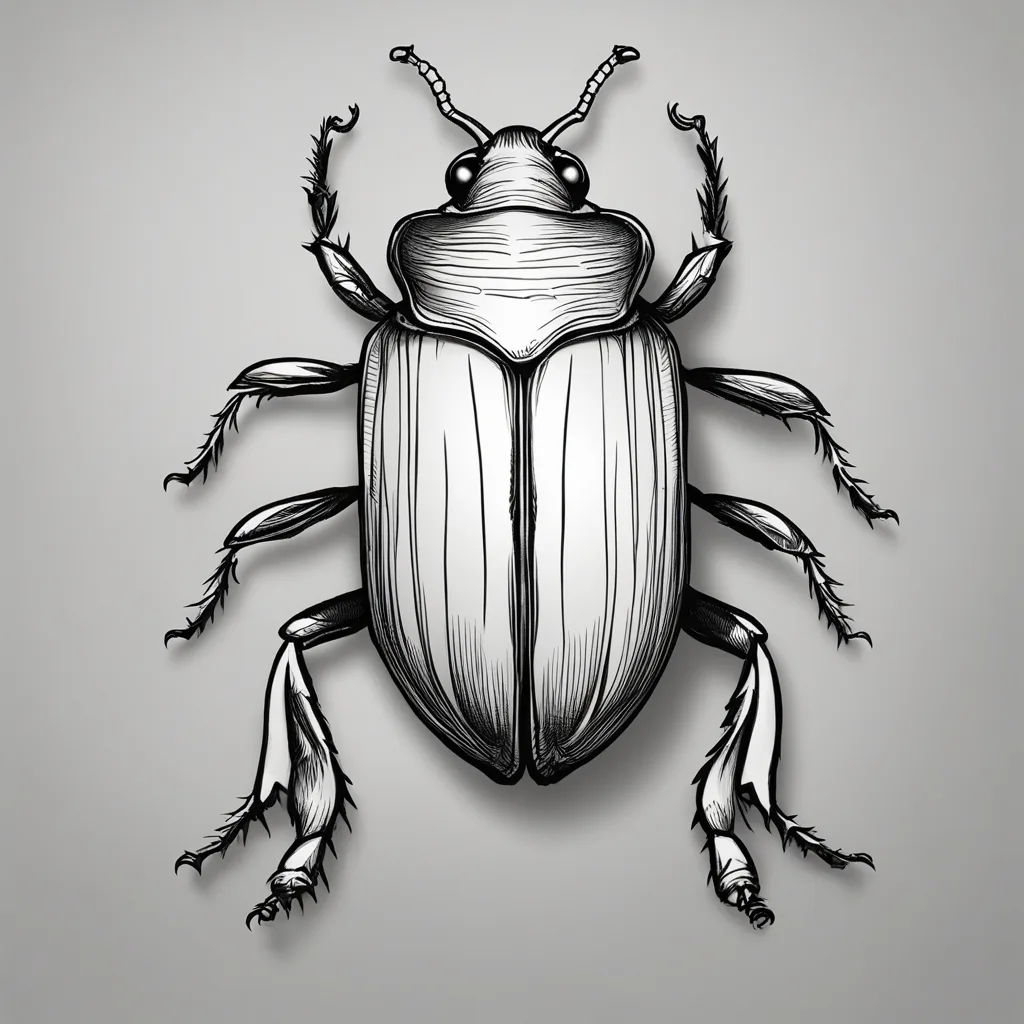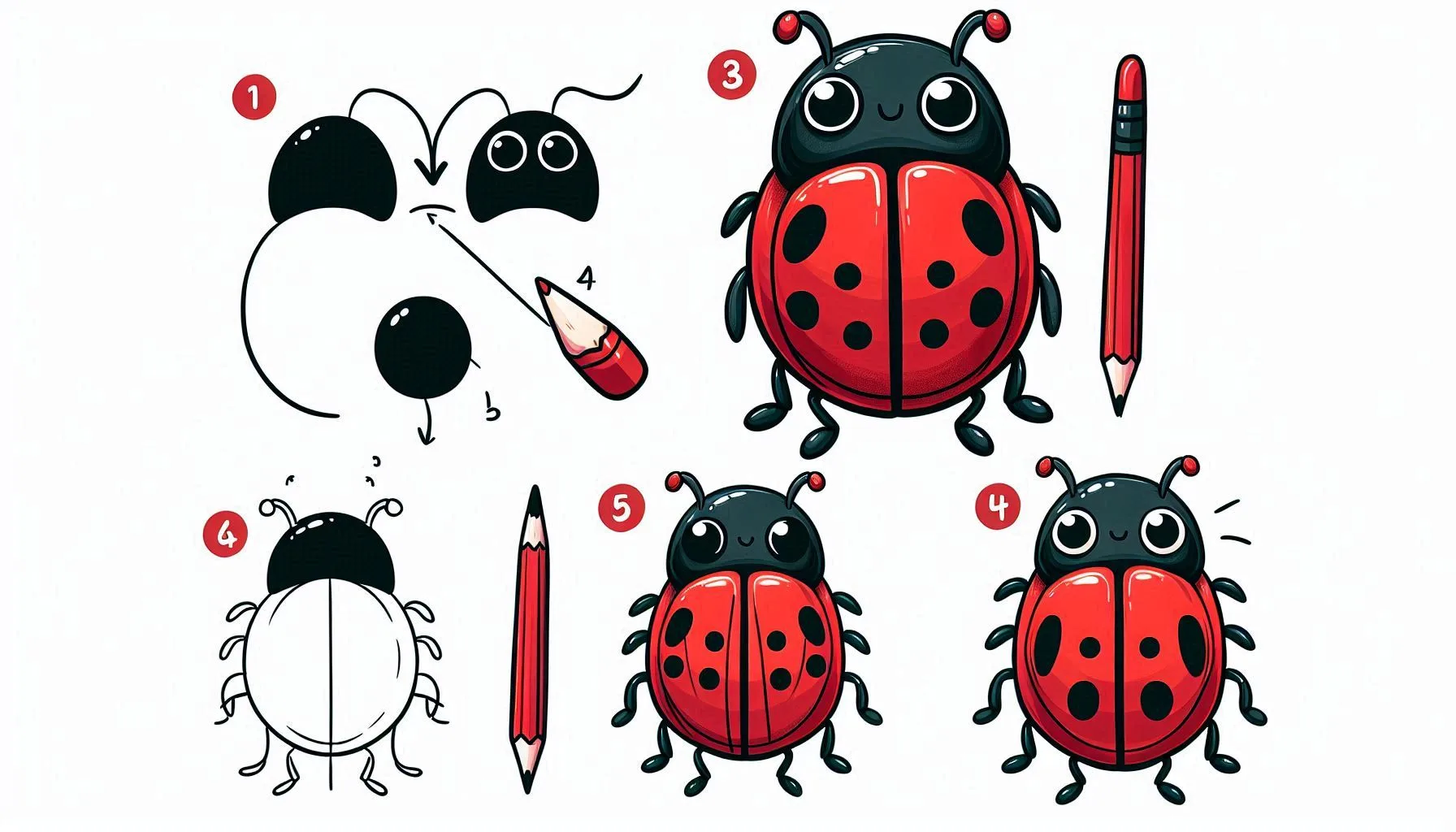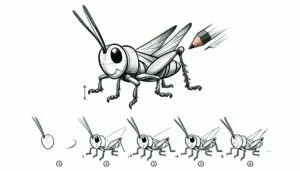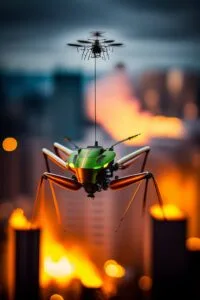Exploring the unique features of these amazing insects can be a fascinating activity. Beetles provide a wealth of captivating details for your artwork, with their sturdy shells, unique body segments, and intricate patterns. In this guide, we’ll guide you through the process of drawing a beetle, paying close attention to its unique characteristics and incorporating some imaginative elements. Let’s embark on this creative journey!
The Intrigue of Beetle Anatomy
Beetles are recognized for their tough exoskeletons, segmented bodies, and unique wings. Grasping these features will assist you in crafting a more precise and intricate drawing. By exploring the various components of a beetle, one can truly admire the intricate and captivating nature of these remarkable creatures.
The Joy of Capturing Distinctive Characteristics
When drawing a beetle, it’s important to capture its distinct characteristics, like the glossy elytra (wing covers) and segmented body. This activity can provide an enjoyable opportunity to improve your artistic abilities and focus on the finer aspects of your work. The more accurately you portray these characteristics, the more lifelike and captivating your beetle drawing will be.
Discovering Various Beetle Species Through Art
Exploring the vast world of beetles, with their incredible variety of colors and patterns, can be a fascinating way to discover the wonders of nature. Exploring various species and their unique characteristics can add an educational and visually captivating element to your artwork.
Steps: How to Draw a Beetle
First, begin by sketching the different sections of the body.
Begin by sketching the fundamental form of the beetle’s body. Start with an oval or slightly elongated shape for the main part of the body. Beetles are composed of three primary body segments: the head, thorax, and abdomen. Create a slightly smaller oval for the thorax, positioned just below the main body segment. Include an additional, stretched oval or rounded rectangle for the midsection.
Next, we can move on to the next step which involves adding the head and antennae.
Draw a smaller, rounded shape for the beetle’s head at the top of the thorax. Extend two long, curved lines from the head to depict the antennae. The antennae can have different shapes, either slightly segmented or straight, depending on the beetle species you’re drawing. Place two small, circular eyes on each side of the head.
Step 3: Create the Elytra (Wing Covers)
Beetles possess durable wing covers known as elytra, which serve as a protective shield. Create two large, rounded shapes that extend from the sides of the thorax, covering the abdomen. The elytra should have a gentle curve and come together at the center of the back. Enhance the visual appeal by incorporating texture or lines that beautifully capture the intricate patterns and segmentation of the elytra.
Step 4: Attach the legs
Extend six legs from the sides of the thorax. Beetle legs typically have segments and can have either a curved or straight shape. Illustrate each leg with several segments and tapered tips. Ensure that the legs are evenly spaced and properly positioned around the body.
Step 5: Create an outline and fine-tune the shape
Consider using a darker writing instrument to carefully trace over your initial drawing and enhance the beetle’s form. Refine the contours of the body, elytra, and legs, ensuring that the elytra display distinct patterns. Remove any unnecessary guidelines or overlapping lines to tidy up your drawing.
Step 6: Enhance the Visual Appeal
To enhance the texture and realism of your beetle drawing, consider incorporating delicate lines and shading. Use gentle strokes to depict the intricate details of the elytra and the body segments. Enhance the artwork by incorporating shading to add depth and emphasize the beetle’s glossy shell. Be mindful of the interplay between light and shadow to add depth to your drawing.
Step 7: Add some color to your beetle.
Now it’s time to add some vibrant hues to your beetle! Beetles display a diverse array of colors, ranging from vibrant metallic blues and greens to more natural earthy browns and reds. Feel free to choose your favorite shades to color the body, elytra, and legs. For a shiny appearance, consider using metallic or iridescent colors on the elytra. Enhance the depth and dimension of your drawing by adding highlights and shadows.
Theme 1: Exploring the Intricacies of Beetle Anatomy
Exploring the anatomy of a beetle through drawing allows for a fascinating examination of its distinct features, such as the tough exoskeleton, segmented body, and protective elytra. Understanding these features enables you to craft a comprehensive and authentic portrayal. Understanding the intricacies of beetle anatomy can greatly improve your artistic abilities and deepen your understanding of these captivating creatures.
Theme 2: Embracing the Joy of Capturing Distinctive Characteristics
The distinct characteristics of a beetle, like its glossy elytra and segmented body, provide an enjoyable challenge for artists. Mastering these details requires precision and careful observation, making it an excellent exercise for enhancing your drawing abilities. Take pleasure in capturing these unique characteristics in your artwork.
Theme 3: Discovering Various Beetle Species Through Art
Exploring the diverse and unique characteristics of various beetle species through drawing can be a fascinating experience. Exploring various colors and patterns can add visual appeal and educational value to your artwork. This theme emphasizes the excitement of exploring different elements of the natural world through artistic expression.
In summary
Creating a drawing of a beetle can be a fulfilling and enlightening activity that enables you to appreciate the intricate details and fascinating nature of these remarkable creatures. By following the steps in this guide and paying close attention to their anatomy, distinctive characteristics, and vibrant colors, you can create a highly detailed and captivating beetle drawing. Embrace the joy of artistic creation and let your imagination soar as you bring this captivating creature to life on paper!


For a super fun and simple guide on how to draw a grasshopper, you can find step-by-step instructions right here! This fun tutorial provides easy steps, allowing young creators to dive into their imagination while discovering these intriguing insects!





